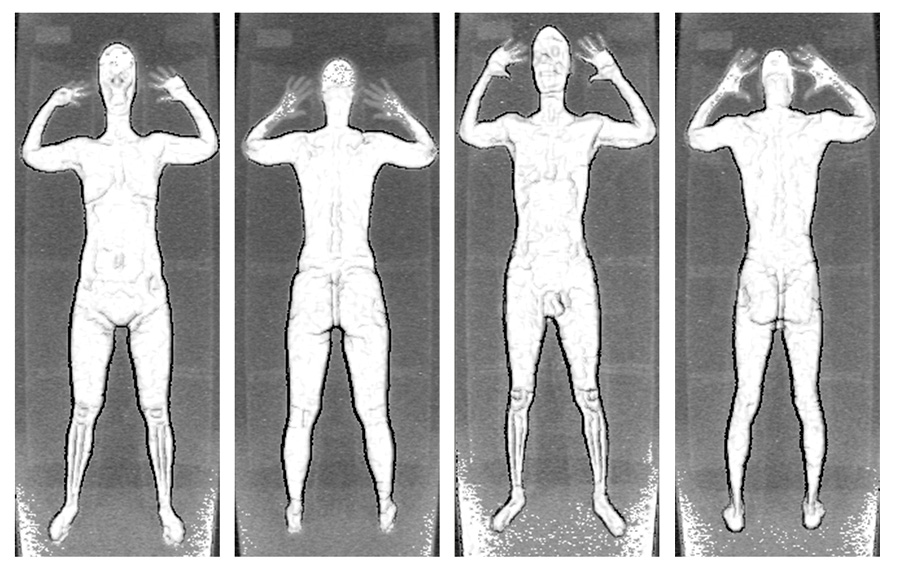 An article recently published in the Environmentalist, by Cindy Sage, compares the biological effects of nuclear radiation to biological effects of common everyday wireless radiation exposures.
An article recently published in the Environmentalist, by Cindy Sage, compares the biological effects of nuclear radiation to biological effects of common everyday wireless radiation exposures.
Nuclear radiation fallout is expected to recirculate in the environment from the Fukushima Japan disaster for another 40 years. Meanwhile, we are surrounded with ubiquitous and harder to avoid levels of wireless radiation from cell towers, cell phones, wi-fi, DECT phones, etc. Sage concludes that both types of exposures present similar biological effects:
“There is long-standing scientific evidence to suggest that low-dose ionizing radiation (LD-IR) and low-intensity non-ionizing electromagnetic radiation (LI-NIER) in the form of extremely low-frequency electromagnetic fields and radiofrequency radiation share similar biological effects.”
“Reducing preventable, adverse health exposures in the newly rebuilt environment to both LD-IR and LI-NIER is an achievable goal for Japan. Recovery and reconstruction efforts in Japan to restore the communications and energy infrastructure, in particular, should pursue strategies for reduction and/or prevention of both kinds of exposures.”
Sage writes, “In both kinds of exposure (chronic, low-level), these effects include genotoxicity and DNA fragmentation with chromosome aberrations; immune and inflammatory reactions (allergic reactions and development of hypersensitivity); reduction or suppression of the immune system or disregulation of the immune system; effects on lymphocytes and increased risk for lymphoproliferative diseases;and increased risk of other cancers in adults and in children.”
Link to the science: The similar effects of low-dose ionizing radiation and non-ionizing radiation from background environmental levels of exposure

